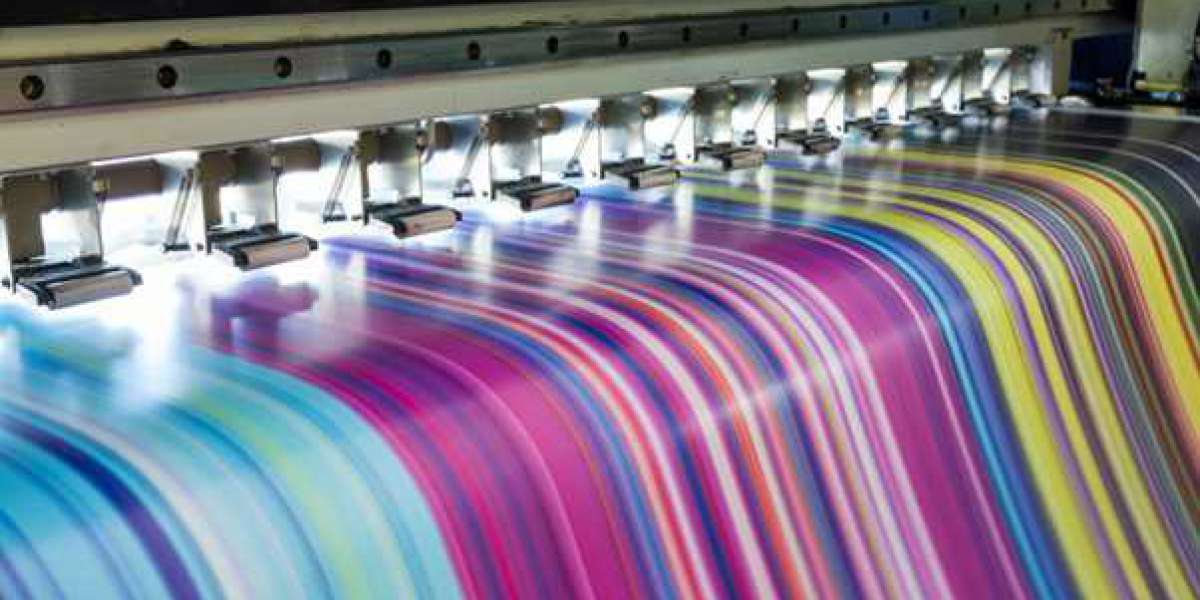The main difference between offset and digital printing is the use of plates. Offset uses the plates to print the image or paper. There are no plates involved in digital printing. Offset is best for large to massive-scale printing. In addition, it is cost-effective as compared to digital printing.
What is Offset Printing How Does it Work?
Offset printing is a mass-production printing method. In this printing technique inked metal-type images are transferred (offset) from a metal printing plate to rubber blankets or rollers and then to the print media surfaces. The main advantage of this type of printing is consistency and high image quality. It is also referred to as offset lithography.
The offset printing plates are usually made from aluminium materials. During the printing process, the printing press in the ink roller image file directly transfers onto a printing plate. Once the printing image is plated, the image areas are water-repellent and ink receptive. The non-image areas are ink-repellent and water receptive. The roller that transfers ink to paper is called an impression cylinder.
Before ink can be transferred to paper, first it must be moistened with water. The plate contains areas that accept water and those that repel it. When the plate is dampened, the repel water hold ink in designed areas while the hydrophilic areas attract water and repel ink, so that the only image area retains ink.
In the application of offset lithography, the plate is covered with inked images. Blanket sheets transfer ink from the plate to the print substrate. This process is used for long runs of printed material. It is stable and allows for consistent quality over long print runs. It can be used for printing on almost any surface, including paper, cardboard, fabric, and others.
Offset printing has lower unit costs than other printing methods such as letterpress and screen printing. It is also capable of producing higher volumes than digital presses. It delivers better quality using high-end papers and inks and keeps low costs related to other options.
Types of Offset Printing
There are mainly two types: web offset printing and sheet-fed offset printing. These types of printing machines are in common use for publication.
Web Offset: Larger and high-speed machines are used in web offset printing. It is cost-effective for high-volume files such as metropolitan newspapers. It is also suitable for printing on a wide range of materials including cardboard, paper, and plastic film. They have some application advantages such as lithography and digital printing.
Sheet-fed Offset: Sheet-fed offset printing is the preferred solution for small and medium-sized books. This process is relatively simple and automated. It is less expensive compared to other printing methods such as digital printing. Individual pages of paper are used in the sheet-fed printing machine.
Benefits of Offset Printing
Offset lithography is a commonly applied, best-suited technique for the printing process. This is for printing multiple colors for full-scale photography.
Some of the benefits include:
- Low cost per page
- Better quality prints
- Durable printed materials
- Timely printing process
- Versatile printing process
- Unlimited color options
- High-quality prints for low cost
Offset Printing Press Market Insights
The demand for efficient printing technology is increasing for a wide range of applications in various industries. Low printing costs and the ability to print many documents in a short time are expected to drive the market during the forecast period.
The global offset printing press market size was valued at USD 2526 MN in 2020 and is projected to reach USD 2679 MN by 2028, expanding at a CAGR of 0.7% during the forecast period.
Some of the key players in the market are Weihai Printing Machinery; Beiren Printing Machinery; Shanghai Mechanical Electrical; Prakash Offset Machinery; Hans-Gronhi Graphic Technology; Sakurai; and others.
Get a Free Sample Report Here: https://growthmarketreports.com/request-sample/655
Conclusion
Offset printing is applied for printing magazines, books, and other materials. It helps in producing consistent quality. This method is cost-effective for large volumes, printing on many types of surfaces, and high-volume full-color printing. Its cost-efficiency and consistency advantages are anticipated to boost demand in the coming years.








